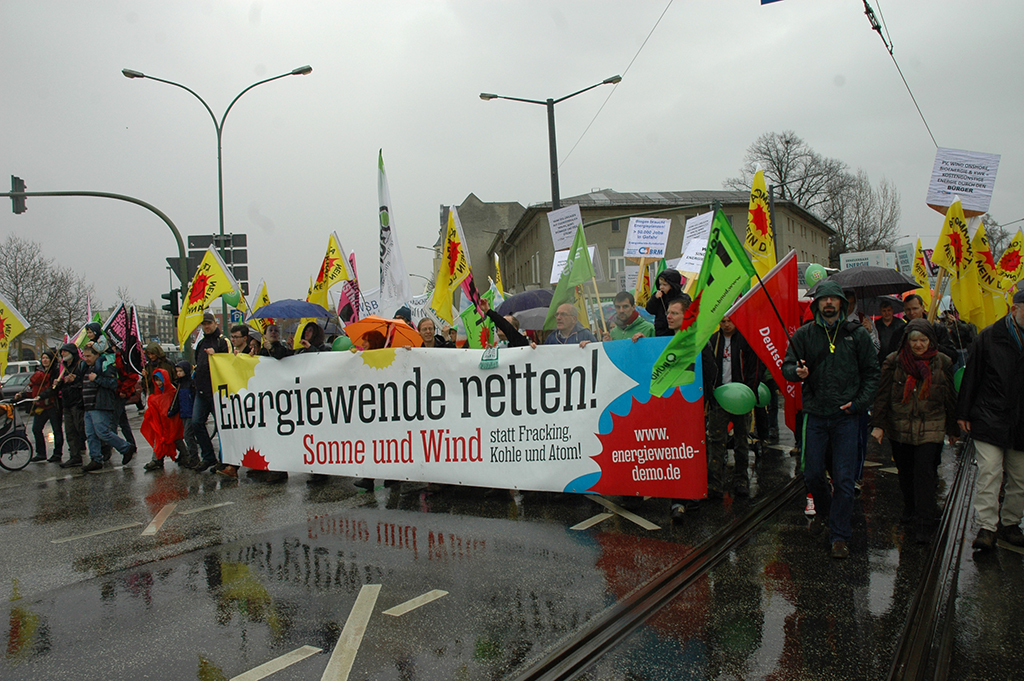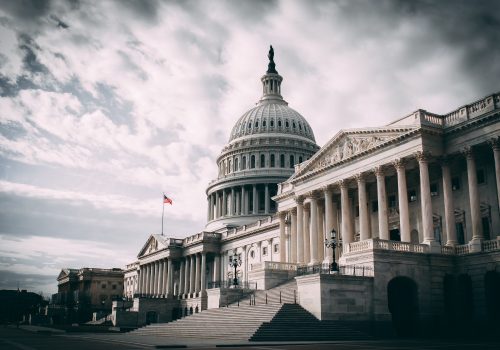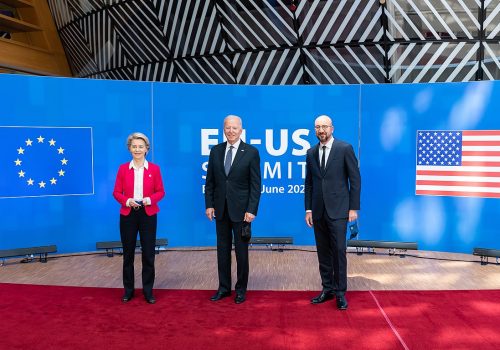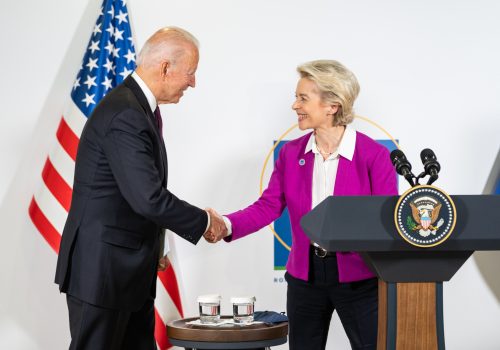The United States’ rejection of the Kyoto Agreement in 2001 and President Donald Trump’s withdrawal from the Paris Climate Accords in 2020 gave many Europeans a sense of superiority to the United States with regard to climate change. But now, Europeans are starting to realize their leadership in the energy transition is not as secure as previously believed. They are seeing the profound competition posed by the Inflation Reduction Act (IRA)—and the economic forces it unleashes.
The IRA as a response to climate change differs fundamentally from the European Union (EU)’s Green Deal. The EU quantifies numerous climate targets to set strict limits on greenhouse gas emissions. But the United States aims to make new technologies that mitigate climate change more competitive than conventional ones.
In the IRA, tax credits are the primary instrument of climate policy. Renewables and climate-friendly technologies are the main beneficiaries of the IRA, but they are stimulated through market incentives, without paternalism, managerialism, or micromanagement.
While the EU holds a binding, bureaucratic grip on the regulation of climate technology, the IRA harnesses creative market power in support of both renewables and other energy sources. In striving to turbocharge its economy by decarbonizing the energy sector, the United States could achieve climate neutrality before Europe.
In the IRA, climate neutrality takes precedence. Unlike in Europe, the United States does not pick winners and losers among competing climate technologies. The legislation’s success largely stems from the wide range of technologies that receive tax credits.
These credits do not narrow America’s energy supply base. Nuclear and hydrogen are both included in the legislative scope of the IRA. For instance, the IRA facilitates the carbon-neutral production of blue hydrogen, from natural gas with carbon capture and storage technology (CCS). Green hydrogen—produced from renewables—benefits most from the IRA’s tax code, but this does not come at the expense of CCS and blue hydrogen, which also receive tax credits in the legislation.
In contrast to the United States, subsidies persist as the main form of European energy policy, often creating inefficiency in the strive for climate neutrality. For example, Germany‘s Renewable Energy Sources Act, passed in 2000, created immense subsidies but left ambivalent climate results after two decades.
By 2025, the act will have placed an economic burden of nearly €408 billion on German electricity consumers. Additionally, the law’s feed-in tariffs brought about the downfall of the German solar industry while enabling China and India to ramp up photovoltaic technologies at scale. Ironically, Germany’s landmark climate legislation became a sort of development aid for global renewable energy, encouraging many countries to pursue solar and wind, but at a high price to Germany.
It is an uncontested success that half of German-generated electricity is now renewable. However, it is doubtful that the severe costs of Germany’s climate legislation are proportional to its resulting emissions savings.
Germany’s technologically prescriptive approach excluded carbon capture technologies, failing to understand that expanding electricity production from renewables would require a conventional back up for intermittency. The United States’ technologically agnostic approach may yield greater emissions reductions than in Europe, despite this not being the primary objective of the IRA.
Last April, National Security Advisor Jake Sullivan expressed the ideology behind the law in a speech proclaiming, “our international policy has to adapt to the world as it is, so we can build the world that we want.” The expansion of climate technology—the principal focus of the IRA—is not chiefly directed at climate protection. Instead, climate technology efforts serve as an instrument for asserting global leadership. The IRA seeks economic and geopolitical success through the energy transition. The IRA exists at the convergence of democratic, economic, and national security interests.
The ideology of the IRA is one that is skeptical towards the global order of multilateralism and free trade, blaming this international system for deindustrialization and the decline of the American middle class, “The prevailing assumption was that trade-enabled growth would be inclusive growth—that the gains of trade would end up getting broadly shared within nations,” explained Sullivan. “But those gains failed to reach a lot of the working people.” The IRA, consequently, aims to ease the domestic disadvantages of multilateralism and reinvigorate the US industrial middle class.
Reindustrialization, revitalizing the American middle class, and reasserting global influence in a burgeoning age of great power politics are the central aims of the IRA. Astute industrial policy puts decarbonization at the center of this effort; rather than micromanaging through strict policy dictates, the IRA gives entrepreneurs and engineers a broad, expeditious framework of incentives to maximize technological innovation.
The EU’s countermeasures to the IRA—which continue to be financed by extremely high taxes—have proven to be reactive, defensive, and only effective in specific cases. Consequently, Europe’s energy-intensive industries and automobile companies will continue to redirect investments, production, and manufacturing to the United States.
Ultimately, climate policy has the potential to make an economic miracle a reality. But in the United States—and China—not in Germany or Europe. Not yet, at least.
Dr. Friedbert Pflüger is partner and managing director of the Clean Energy Forum Foundation (CEF), and founding partner of Strategic Minds Company GmbH (SMC), Berlin. From 1990 to 2006 he was a member of the German Bundestag and served as deputy minister of defense in the first Merkel cabinet from 2005 to 2006. Dr. Pflüger is a nonresident senior fellow at the Atlantic Council Global Energy Center.
Dr. Pflüger thanks Alex Abdelal, a student at Yale University, for his assistance in researching the IRA.
Meet the author
Related content
Learn more about the Global Energy Center


The Global Energy Center develops and promotes pragmatic and nonpartisan policy solutions designed to advance global energy security, enhance economic opportunity, and accelerate pathways to net-zero emissions.
Image: Protesters in Germany hold a sign reading "Save the energy transition! Sun and wind instead of fracking, coal and nuclear!" Courtesy of Mehr Demokratie https://openverse.org/image/a6e459be-bc95-48f7-a485-3334f382f6ed?q=energiewende






